It might be oxymoronic to say this list is full of queer yuri, but I need to make sure we’re on the same page here.
Maybe you just watched Bloom Into You and want to find your second queer anime, or maybe you’re a lesbian trying to find a recommendation list that won’t make you cringe at seeing Citrus up there. Yuri has always been for everyone, but it can often feel like the most popular yuri works aren’t made for the sapphics, lesbians, and bisexual girls it represents. So this list is for all of you, too. Some of the best yuri — including anime shows, films, OVAs, and ONAs — are gathered below. I promise heartbreak, not queerbait.
As with all my lists, there’s no particular order below (except for number one).
Liz and the Bluebird
One day I will stop crying over this movie. Not only is Liz and the Bluebird one of the best yuri anime, but also one of the best sapphic dramas on the silver screen, period. From the same team that produced the critically acclaimed film adaptation of A Silent Voice, director Naoko Yamada and writer Reiko Yoshida flaunt their ability to represent the dramatics of girlhood in a production that has more in common with the work of Céline Sciamma than the moe slice-of-life the pair is best known for. Composer Kensuke Ushio returns as well, scoring a soundtrack that feels just as important as all the (un)spoken words between bandmates Mizore and Nozome.
Okay, I need to go cry before I finish writing this list.
kanamewo
Kanamewo is an indie short film by webgen animator rapparu. In just five minutes, a young woman finds a tree goddess whose home has been destroyed by construction, falls in love with her, and, well, spoilers. Maternal love transforms into romantic love as the two live together, and this short artfully glimpses their relationship’s further transformation into sexual love. There are no words, just the accompaniment of a shoegaze-y track that matches the wave of emotions accompanying this feat of storytelling. Released in 2015, kanamewo caught fire among fans of both yuri and animation in general, and it’s just as devastating today as it was six years ago.
Kase-san & Morning Glories
An OVA adaptation of the popular manga series Kase San, Kase San & Morning Glories is about a budding romance between a cottage core femme and a sporty girl in their last year of high school. The characters and dialogue are exceedingly human. They have big feelings for each other but all their fears—the future, being alone together, seeing the other at a bath on a class trip— are all recognizable. It also tows a line that the medium, and yuri especially, seem to find difficult: These girls are teenagers that are interested in each other’s bodies. Years later, I can remember how Yui’s friend casually asks if they’ve slept together, like it’s a completely normal thing for these teenagers to do. Such mundanity is something I didn’t realize was missing from much of yuri until I saw it here.
Fragtime
Another OVA adaptation of a manga, Fragtime is about two girls that connect across social distance. Misuzu Moritani is a shy high schooler with the introverted superpower to stop time for a few minutes every day, which she uses to escape awkward social interactions. One day she finds Haruka Murakami, a popular girl at their school, frozen in time and approaches her. But somehow, Murikami remains unaffected by Moritani’s power, and the two end up connecting over their shared feelings of not really fitting in. Together in time, they’ll tear each other’s masks down and seek the better person each is drawn to.
Sakura Trick
Sakura Trick is another slice-of-life romcom, but with requited feelings (and high schoolers—it’s a tradeoff). Sakura Trick looks at that moment in a young queer’s life when she realizes she likes her best friend differently than her other friends. What begins as Haruka and Yū’s innocent exploration of affection transforms into a budding romance, and all that that entails in high school.
Sweet Blue Flowers
Sweet Blue Flowers is defined by its confrontation with vulnerability. A story about high schoolers stumbling through big, fragile feelings, its cast of girls are out, coming out, or trying to support their friends. They come together, but often hurt each other with unrequited feelings and mixed responses to the normative expectations imposed on them. Sweet Blue Flowers depicts a quiet kind of love, with scenes of intimacy between lovers, exes, and friends that had me asking “How do they know?” on more than one occasion.
Revolutionary Girl Utena
Revolutionary Girl Utena is an undisputed shojo classic. Building off the success of shojo like Sailor Moon and its depiction of a lesbian relationship among side characters, Utena puts sapphic love in the spotlight. The titular Utena Tenjou is also a gender nonconforming icon, an almost unbelievable representation of androgyny and queer fashion in the late ‘90s. You can see the prevailing influence of Utena on contemporary animation most clearly in Rebecca Sugar’s Steven Universe and Noel Stevenson’s She-Ra.
Bloom Into You
Bloom Into You may be the most popular yuri of recent memory that isn’t totally ruined by the male gaze, but this adaptation sacrifices much of what makes the manga so important to fit a single season’s run time. Yuu Koito is waiting for love to sweep her off her feet, as it does in the shojo she reads. When the student council president Touko Nanami pursues her, Yuu has to reckon with her sexuality. Yuu’s characterization in the anime has also drawn many ace fans, as the series ends before the two commit to being together. Unfortunately, you’ll have to look elsewhere to see them come together in a consensual, mutual relationship. Stretching much further into Yuu and Touko’s future, the manga better gets the message across that love is something that requires time, trust, and friendship.
Miss Kobayashi’s Dragon Maid
While Dragon Maid has a fraught relationship with queerness, it’s one of the few popular yuri about adults. Like its source manga, this is a slice-of-life story about the dragon Tohru, who works as a maid for a human woman named Kobayashi. Shenanigans ensue. As Tohru and Kobayashi learn to live together, the stakes of their conflicts range from making a weeknight dinner to the fate of the human world. Tohru has an arguably unrequited love for Kobayashi, who always seems to be coming around on her but never getting closer to actually being with Tohru. It’s nice to see adult problems and frank confrontations with sex in yuri, but we could really have so much better.
Hibike! Euphonium
Before Naoko Yamada made Liz and the Bluebird, she co-directed the first season of Kyoto Animation’s Hibike! Euphonium adaptation with Tatsuya Ishihara. A unique mixture of slice-of-life and sports anime, the show is about an almost-all-girls high school concert band trying to win a national competition and all the drama that ensues. It’s intensely reminiscent of high school bands in America, too, but what even more fans have latched onto is the undoubtedly queer nature of the protagonist Kumiko’s relationship with the standoffish virtuoso, Reina. While we await a final installment, the hope that their outspoken relationship will be made explicitly queer grows. I know I said no queerbait, but this ship hasn’t sunk yet.
Adachi and Shimamura
Adachi and Shimamura is a good viewing option for those who like a slower burn. Based on Hitoma Iruma’s light novel series of the same name, anime depicts the realistic development of a relationship, from the two protagonists’ first meeting to the friendship that ensues. While wildly different, Adachi and Shimamura find it commonplace when they’re together, and as time allows them to grow closer, Adachi develops and struggles to express her undeniable romantic feelings.
Whispered Words
Heartbreak was promised at the beginning of this article, and Whispered Words delivers it. The story mainly focuses on the dynamic between Murasame Sumika and her friend, Kazama Ushio, with whom the protagonist is secretly in love with. Unfortunately, Ushio only has eyes for cutesy girls and seems utterly blind to Sumika’s feelings, choosing to pursue other crushes, only to get hurt by them. This anime portrays a cycle of loneliness to a T and the unique suffering of one-sided love. At least the lesbian side-couple is happy, so it’s not all angst.
Strawberry Panic!
Strawberry Panic! is a staple in yuri anime and a favorite of many viewers. The story revolves around Nagisa Aoi, who has just transferred to an all-girls school, where she meets the gorgeous Shizuma Hanazono. The two quickly become the talk of the school, as Shizuma openly shows interest in the new girl; however, something feels slightly off. Over the course of 21 episodes, this anime perfectly portrays the experience of uncovering new feelings and possibilities, while balancing slice-of-life content with an overall feeling of suspense. Needless to say, it’s a must-watch.
El Cazador de la Bruja
If action is more your style, you might want to give El Cazador de la Bruja a shot. This is an original anime that mostly takes place in Mexico, portraying the journey of Nadie, a bounty hunter, and Ellis, an amnesiac girl with supernatural powers, who is suspected of murder. When the two meet, they set off on a risky adventure to uncover Ellis’ past, and while road-tripping and fighting off enemies, they slowly built a friendship, and eventually fall in love. Guns, violence, and romance — what more could we ask for?
Konohana Kitan
Konohana Kitan is full of whimsy and wonder. Through the eyes of the teenage fox girl Yuzu, viewers are introduced to a fantastical world, derived from Japanese folklore. As Yuzu gets used to working at a hot springs inn, she meets a cast of equally wonderful characters, with whom she forms great attachments. Granted, the focus of this anime is more on the folklore aspect, but it includes some truly heartwarming dynamics and moments between its female cast, which is enough to please many fans. Sometimes, love doesn’t have to be center stage to make something worthwhile.
There’s a lot more to explore in the world of yuri anime, but starting with this list will likely ensure a good time.

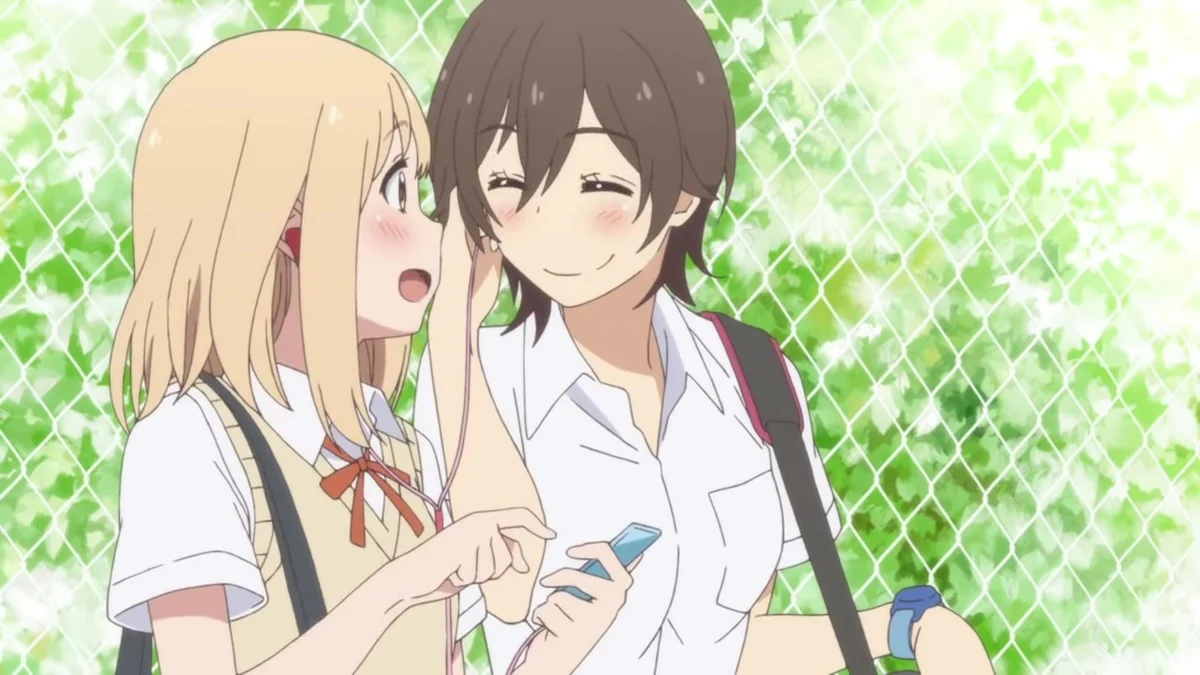
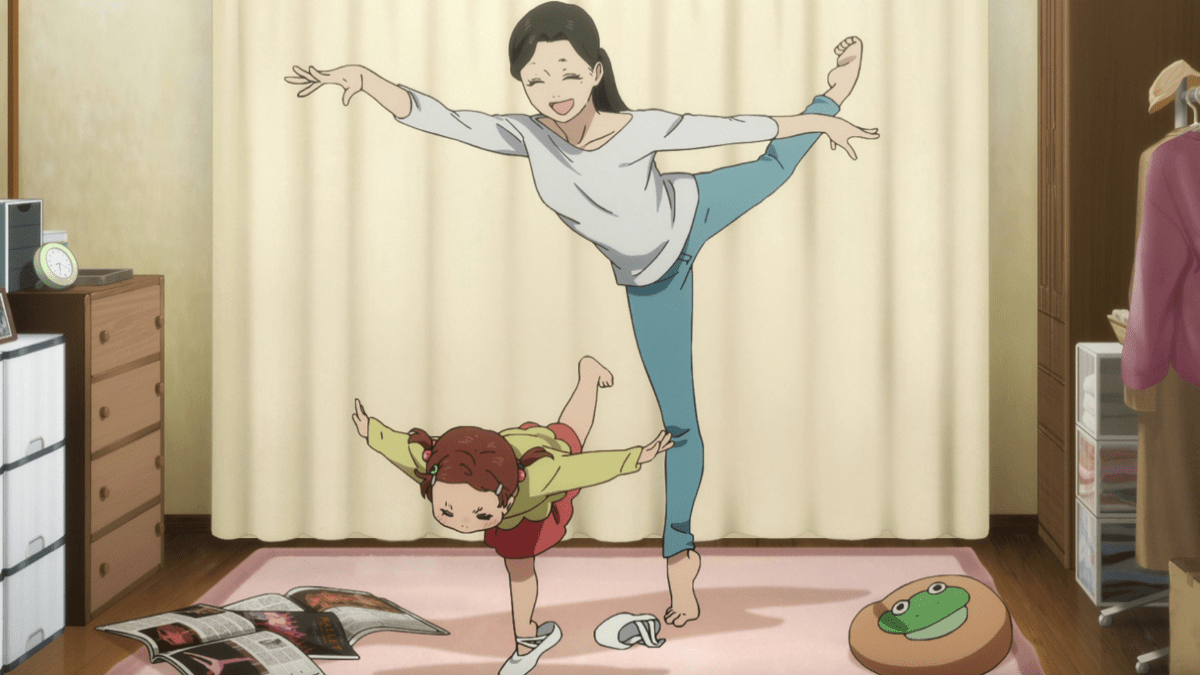
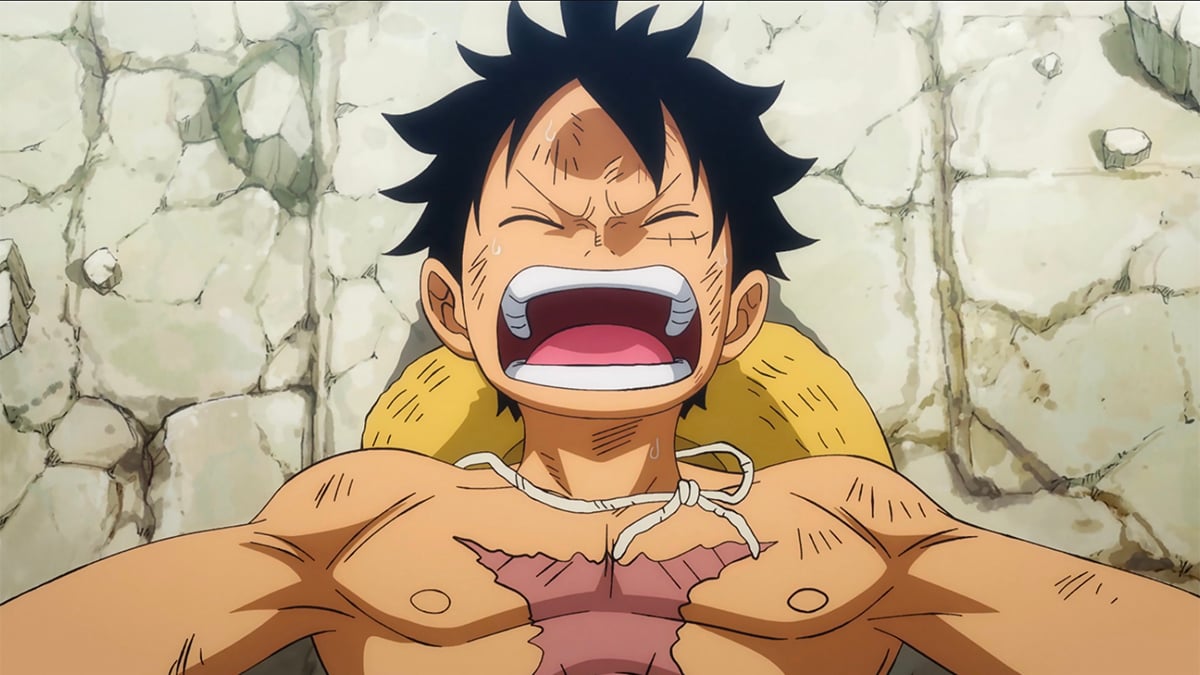

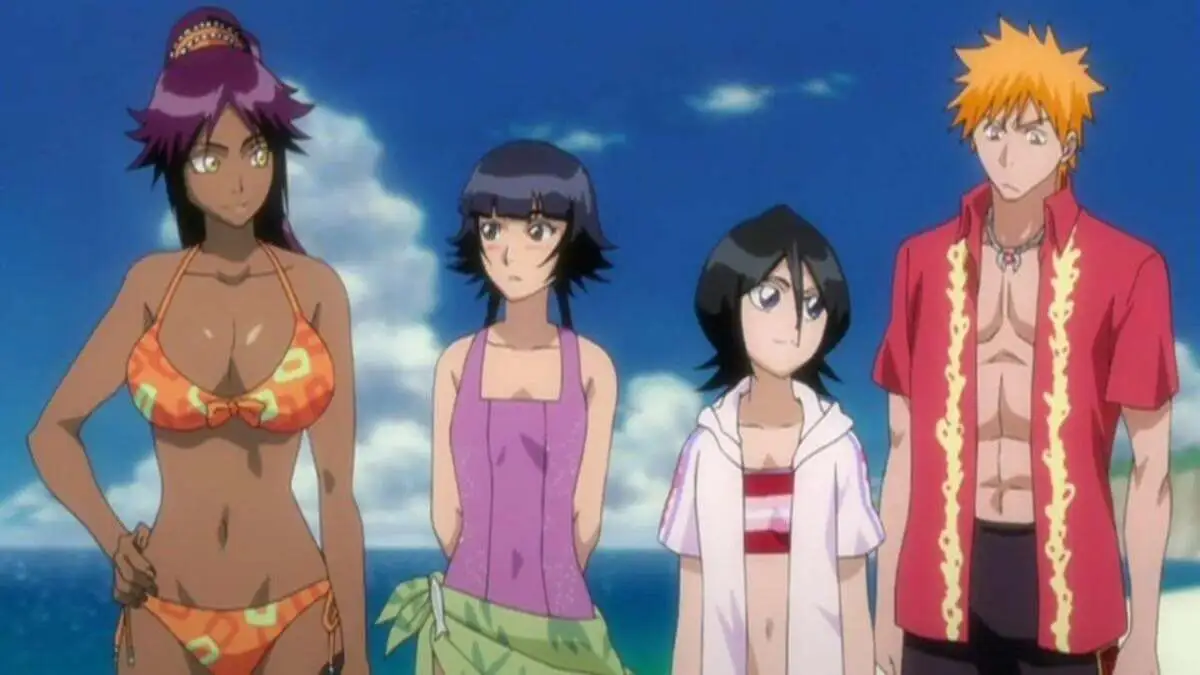
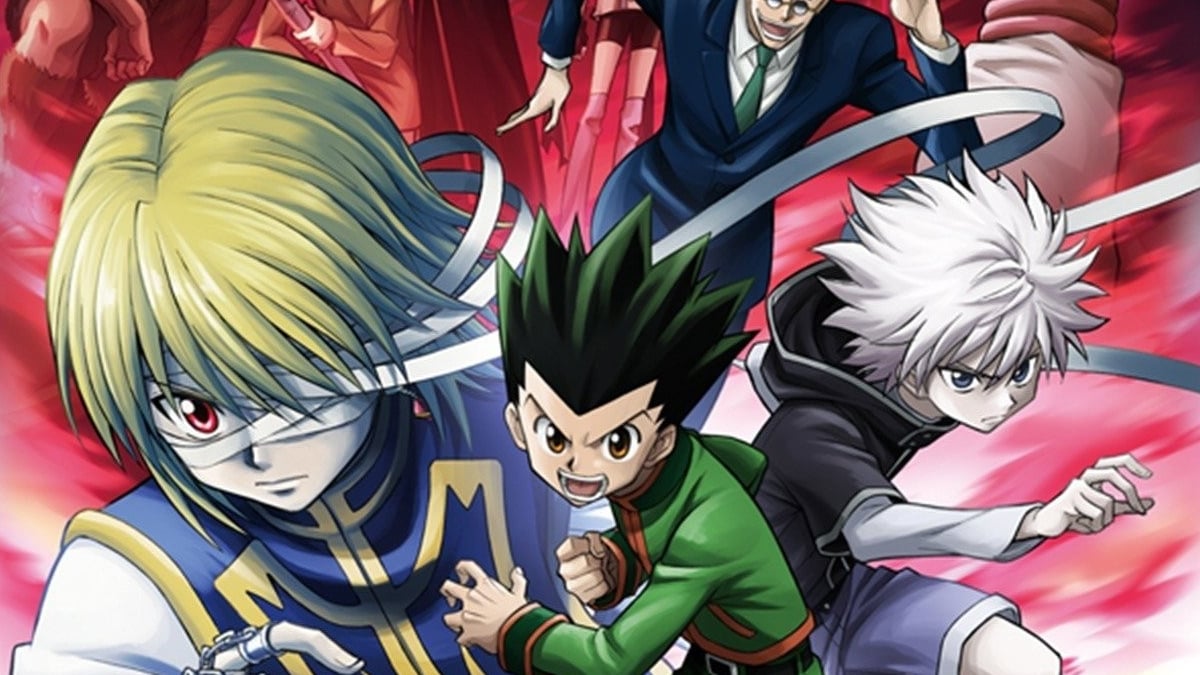

Published: May 19, 2023 10:34 am